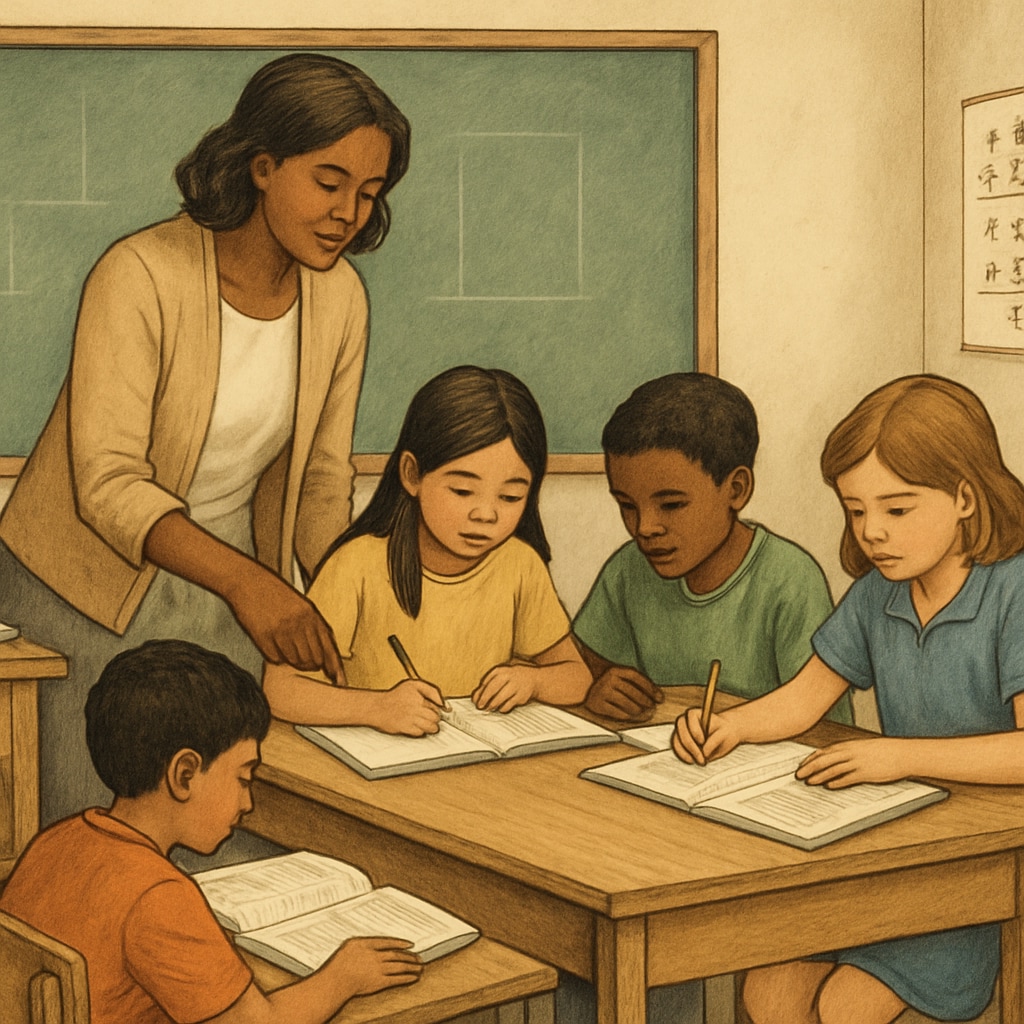The expansion of school voucher programs in several U.S. states has sparked debates about its impact on public schools and the allocation of education funding. School vouchers, which redirect public funds to support students attending private schools, are reshaping the education landscape. While proponents highlight increased parental choice, critics point out the financial strain on public schools. This article examines the implications of this trend and the innovative strategies that public schools are adopting to remain competitive.
Understanding School Voucher Programs and Their Impact
School voucher programs allow government funds, typically allocated for public education, to be used for private school tuition. Proponents argue that these programs empower parents by offering more educational choices and incentivizing schools to improve through competition. However, opponents emphasize that vouchers divert critical funding from public schools, which serve the vast majority of students, leading to resource shortages and potential inequities.

For example, a report by the Encyclopedia Britannica highlights that in states with extensive voucher programs, public schools have reported significant budget cuts, affecting teacher salaries, extracurricular programs, and facility maintenance. This financial pressure is particularly severe in underfunded districts, where public schools often serve low-income and minority communities.
Challenges Public Schools Face in the Era of Voucher Expansion
The redirection of funds from public to private schools creates several challenges for public education systems:
- Reduced Budgets: With fewer students enrolled, public schools receive less per-pupil funding, impacting their ability to maintain programs and staff.
- Increased Inequality: Wealthier families are more likely to supplement vouchers with personal funds, leaving disadvantaged students behind.
- Accountability Disparities: Private schools receiving vouchers often face less regulatory oversight compared to public schools, raising concerns about educational quality.
As a result, public schools must contend with declining resources while continuing to meet the diverse needs of their student populations. According to Wikipedia, this dual challenge has sparked a national conversation on how to equitably fund education systems.

How Public Schools Are Innovating to Stay Competitive
In response to these challenges, public schools are adopting innovative strategies to attract and retain students while improving educational outcomes:
- Specialized Programs: Many public schools are introducing magnet and STEM (Science, Technology, Engineering, and Math) programs to offer unique learning opportunities.
- Community Engagement: Schools are working closely with parents and local organizations to create supportive environments and build trust.
- Technology Integration: By leveraging digital tools and online learning platforms, public schools aim to enhance student engagement and access to resources.
These strategies are designed to showcase the strengths of public schools and mitigate the impact of funding losses. For example, districts implementing dual-language immersion programs have reported increased enrollment and community support, demonstrating that innovation can yield positive results even in challenging circumstances.
Balancing Educational Equity and Choice
While school voucher programs offer families more choices, they raise critical questions about educational equity. Policymakers must carefully weigh the benefits of increased competition against the potential harm to public schools, which are foundational to the education system.
To address these concerns, experts suggest reforms such as:
- Ensuring that voucher programs prioritize low-income families to reduce inequities.
- Establishing accountability standards for private schools receiving public funds.
- Investing in public schools to ensure they remain a viable and appealing option for all families.
Ultimately, achieving a balance between choice and equity requires collaboration among policymakers, educators, and communities. By focusing on sustainable solutions, it is possible to create an education system that serves all students effectively.
Readability guidance: Short paragraphs and bullet points are used for clarity. The article maintains an active voice and avoids unnecessary jargon, ensuring accessibility for a broad audience.


